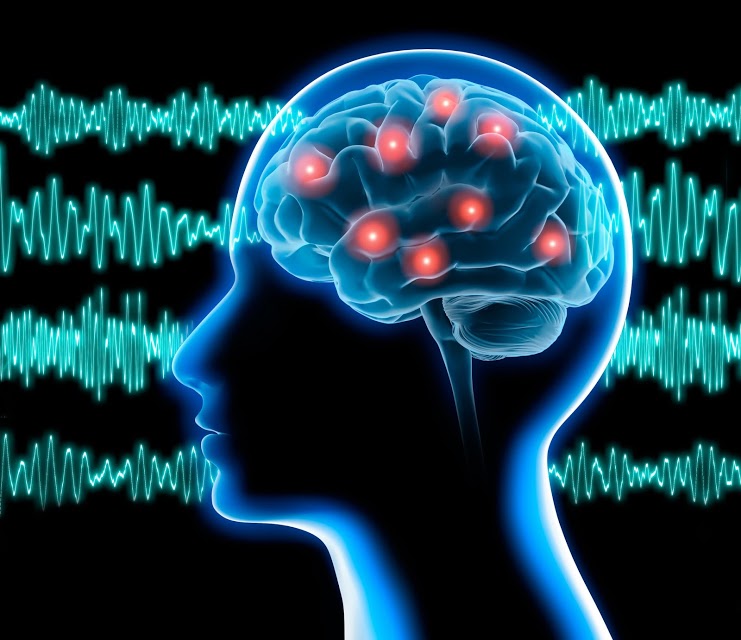Pain Prevalent in Huntington’s Patients but Burden Lower Than in General Population, Study Finds

Emotional Recognition and Apathy Linked in Huntington's Disease
Although many patients with Huntington’s disease (HD) experience pain, they report this problem has less of an effect on their daily lives than it does for the general population, a review study has found.
Due to the areas of the brain affected in Huntington’s, patients may sense and respond to pain abnormally, which could explain why pain poses a lower burden to them.
The study, “The prevalence and the burden of pain in patients with Huntington disease, a systematic review and meta-analysis,” was published in the journal Pain.
Huntington’s disease leads to a devastating loss of nerve cells in a brain region called the striatum, one of the areas involved in the perception of pain.
The striatum mainly acts on the affective-motivational and cognitive-evaluative dimensions of pain, affecting “the burden, the degree of suffering, feelings of unpleasantness of pain, and remembering, interpreting, and responding adequately to pain,” the researchers wrote.
Despite the serious effects of Huntington’s on this brain region, very few, and often conflicting, studies have examined the prevalence and impact of pain in these patients.
This lack of knowledge may result in an underestimation of pain in these patients, which can lead to inadequate treatment and affect quality of life.
To shed light on this matter, researchers investigated the prevalence of pain and its burden for Huntington’s patients by conducting a systematic literature search and grouped analysis of published studies.
They found 15 studies focusing on Huntington’s, excluding those on the juvenile form of the disease, that contained data on the prevalence and burden of pain for a total of 2,578 patients, ages 36 to 64 years.
Overall, 41.3% of the patients felt pain. Depending on the study, the prevalence of pain could range from 10% to 75%.
Researchers noted that the proportion of patients affected by pain is comparable to other neurodegenerative diseases, such as Parkinson’s disease.
Pain burden was measured using the 36-Item Short Form Health Survey (SF-36), a patient-reported quality of life scale.
According to this score, pain represented a lower burden and interfered less with the daily lives of patients with Huntington’s than in the general population.
Patients scored a mean of 84 on the SF-36 survey, while the mean score in the general population was 70.8, where a higher score represents a lower burden.
These results were “striking,” according to the researchers, but could be explained by the fact that Huntington’s patients experience degeneration in the striatum, which is involved in sensing and responding to pain.
As a result, these patients may have an “affected sensory-discriminative, emotional-affective, and cognitive-evaluative dimension of pain, causing an inadequate reaction to pain stimuli,” the researchers said.
In fact, several other areas of the brain related to pain may be disrupted, meaning virtually all dimensions of pain can be affected in this patient population.
In addition, pain may be a minor problem compared with other patient symptoms and concerns. In premanifest disease, most patients complain about social issues (e.g., complicated family relationships and lack of support from their social environment), while in the manifest stage, physical problems are more frequent (e.g. swallowing food, driving performance, and walking).
“The results demonstrate that pain could be an important non-motor symptom in patients with HD, and there are indications that the pain burden could be diminished because of HD,” the researchers wrote.
However, these findings are preliminary and should be confirmed in larger and high-quality prospective clinical studies, they added.
Until then, they stress that “awareness about pain and its burden in patients with HD is warranted in clinical practice.”






